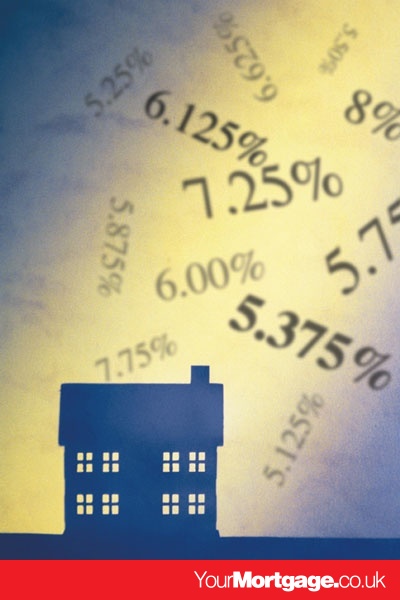Editor's Pick
Four million mortgage borrowers could face rate rises in 2023

Guest Author:
Shekina TuaheneDespite the hikes, households are expected to be more able to cope with rising costs than in previous recessions
Four million owner-occupier mortgagors will be exposed to rate rises next year, increasing the costs of their monthly payments.
The Financial Stability report published by the Financial Policy Committee (FPC) said the pressure on household finances will increase next year due to rising living costs and a fall in real incomes. It said around half of the eight and a half million households with an owner-occupier mortgage will be “exposed to rate rises”.
This includes the fifth of mortgaged households, or 1.7 million, that are on variable rates and already experiencing rate rises.
Based on market rates as of November 2022, the FPC said fixed rate mortgages which are set to expire at the end of next year faced monthly payment hikes of around £250. The FPC said this could represent a jump of £750 to £1,000 for the average household, equating to 17 per cent of their pre-tax income up from 12 per cent at June 2022.
Around a third, or 2.7 million households, are expected to pay £100 extra a month on mortgage repayments.

Your Mortgage Awards 2024/25: winners revealed
Sponsored by Your Mortgage Awards
Rate rises are putting a “downward pressure” on house prices and this will also be influenced by the behaviour of landlords, the FPC said.
For buy-to-let mortgagors, who make up eight per cent or two million properties and are typically on interest-only mortgages, monthly payments will rise by around £175. For a fifth of buy-to-let mortgagors, this will be as high as an additional £300 a month.
Landlords will need to increase their rental incomes by a fifth to cover these increases, and if they pass rising costs onto renters this will affect the financial resilience of tenants and worsen the economic downturn.
If landlords sell up instead, this will add to falls in house prices, it said.
Households are more resilient
The FPC said widespread signs of households struggling to meet increased costs were “yet to emerge” but the risk that indebted people will default on loans or reduce spending had increased.
However, it said households will be more able to cope with rising costs than in previous recessions.
The FPC assesses the vulnerabilities of household debt by looking at how much of their income is spent on debt repayments. In particular, it measures the proportion of households where the debt servicing ratio is over 70 per cent of their income.
The share of households falling into this bracket has increased over the year and currently stands at 1.6 per cent, which the FPC said was historically average. It said the UK’s low unemployment rate was helping to cushion this.
The proportion of households projected to fall into this high debt service ratio bracket is expected to reach 2.4 per cent next year or 670,000 households. The FPC said this was higher than recently observed periods and close to the 2.8 per cent share of households just before the global financial crisis.
However, this is expected to remain below the peak of the credit crunch. The number of households on fixed rates means they will be able to prepare better than in previous recessions, thus making them more resilient.
The FPC said the risk of households falling into negative equity was minor as the loan to value (LTV) profile of banks was “very strong” due to rising house prices over the long-term and prudent lending practices. Just 10 per cent of current owner-occupier mortgages are at LTVs greater than 75 per cent, compared to a quarter of mortgages before the previous global crisis.